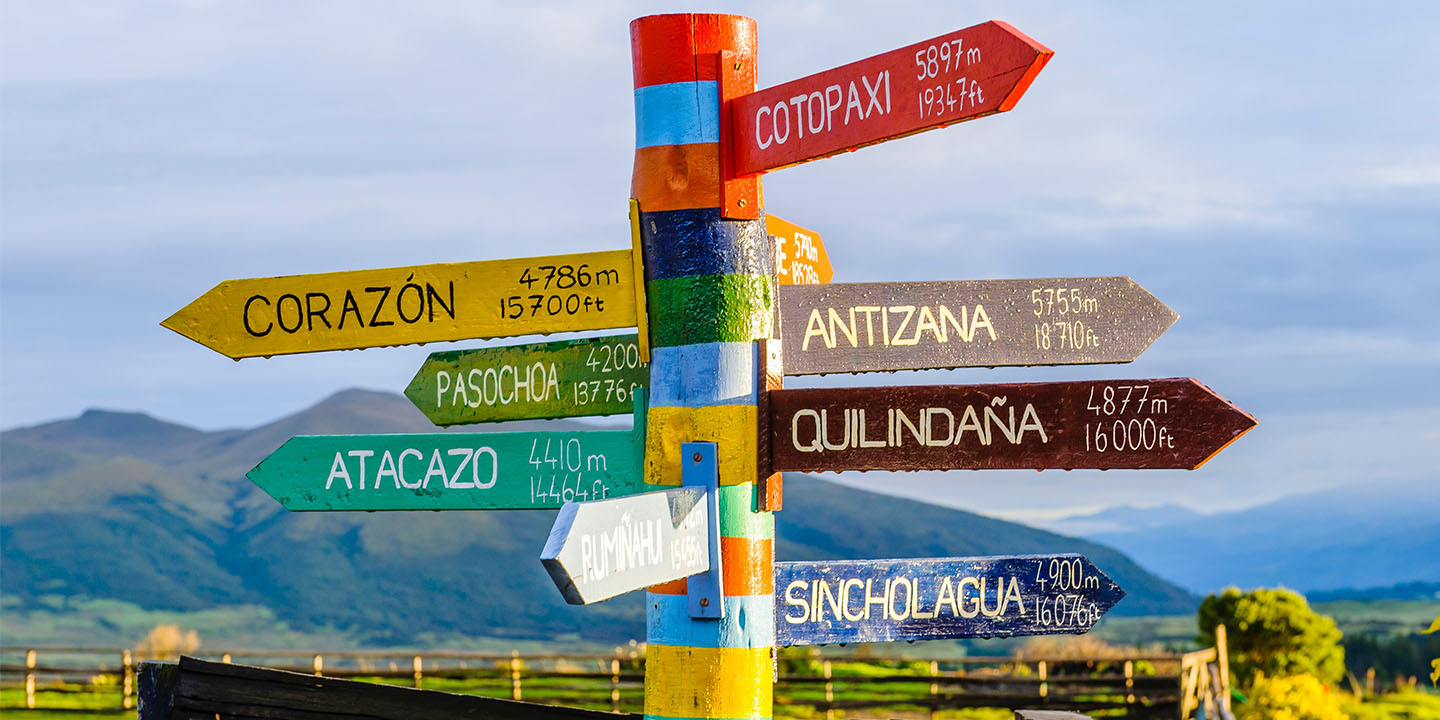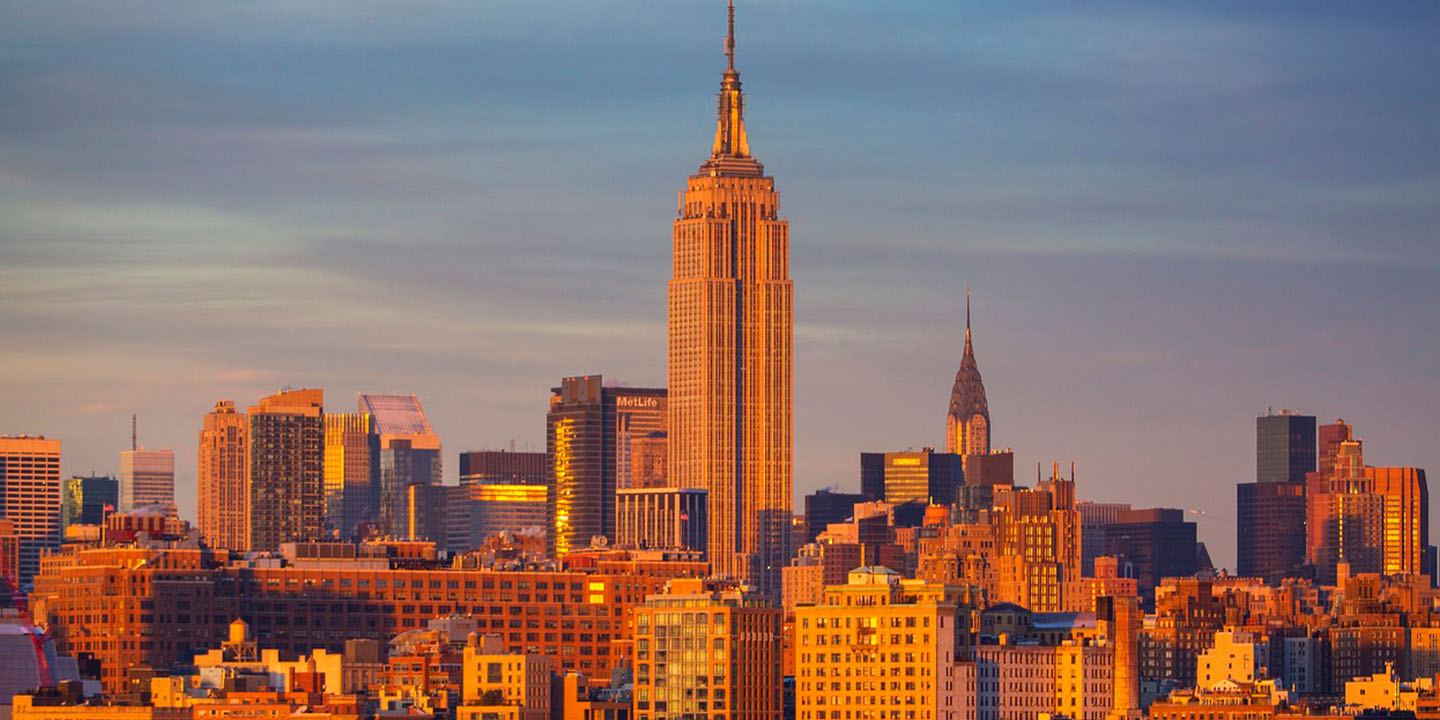Let's See the Contrast
Some cities are so old, they've been home to humans for thousands of years. As for the new ones, some barely existed when you were a teenager. Political shifts and ancient roots all play a part in a city's development, and the stories are more interesting than you think!
1. Jericho, West Bank
Long before written history, people were building walls in Jericho. Archaeological digs at Tell es-Sultan reveal permanent settlement as early as 9000 BCE, complete with stone towers and fortifications. This oasis city stands as the earliest known urban center with organized architecture and agriculture.
2. Byblos, Lebanon
Byblos thrived on Mediterranean trade as far back as 5000 BCE, exporting prized cedarwood and papyrus. The Greeks later named it, tying it to the word “book.” Its influence on early literacy and commerce remains embedded in Western language and culture.
 Orient at de.wikipedia on Wikimedia
Orient at de.wikipedia on Wikimedia
3. Sidon, Lebanon
Phoenician seafarers launched Sidon’s legacy around 4000 BCE. Its name, meaning “fishery,” speaks to its coastal economy. Famous for purple dye and glass production, Sidon was essential to Mediterranean trade networks, and the harbor city status preserved continuous urban identity across five millennia.
4. Erbil, Iraq
Daily life in Erbil flows around a fortress older than most civilizations. Long before borders, it stood as a vital Assyrian-Sumerian hub. Today, UNESCO designates it for its urban continuity, identifying its first established human settlement as early as 2300 BCE.
 Osama Shukir Muhammed Amin FRCP(Glasg) on Wikimedia
Osama Shukir Muhammed Amin FRCP(Glasg) on Wikimedia
5. Athens, Greece
Athens held the line through the Bronze Age collapse, Roman expansion, and Ottoman rule. Settled around 3000 BCE, its documented history intersects with philosophy and science. This acropolis was built for beauty, and it became a political symbol and religious beacon all at once.
 Matt Kieffer from London, United Kingdom on Wikimedia
Matt Kieffer from London, United Kingdom on Wikimedia
6. Plovdiv, Bulgaria
Older than Rome, Plovdiv has housed Thracians, Greeks, Romans, Ottomans, and Soviets. Its continuous occupation since 6000 BCE is confirmed through layers of ruins and fortress walls beneath the modern city. Known as Philippopolis under Alexander the Great’s empire, it remains Bulgaria’s cultural capital today.
 Klearchos Kapoutsis from Santorini, Greece on Wikimedia
Klearchos Kapoutsis from Santorini, Greece on Wikimedia
7. Varanasi, India
Situated on the Ganges and dating back to at least 1200 BCE, this city’s continuous habitation is deeply tied to Hinduism and pilgrimage. Its ghats have witnessed cremation rituals and philosophical discourse for centuries, which earns reverence across multiple Indian religious traditions.
8. Jerusalem, Israel
Sacred to billions, Jerusalem’s significance has always outpaced its size. The city has changed rulers more than 40 times and still pulses with religious life. But even before its temples and mosques, Jerusalem’s urban origin took root around 3000 BCE.
 Wayne McLean (Jgritz) on Wikimedia
Wayne McLean (Jgritz) on Wikimedia
9. Luoyang, China
As one of China’s Four Great Ancient Capitals, Luoyang is where multiple dynasties planted roots. Continuous habitation dates to roughly 1600 BCE, and this city served as the capital for 13 dynasties. The Longmen Grottoes also house over 100,000 Buddhist statues.
10. Damascus, Syria
Mention ancient capitals and Damascus nearly always comes up. Occupied since at least 3000 BCE, its archaeological strata include Aramean walls and Islamic architecture. Rather than freeze in time, it survived conquests and shaped the Levant’s cultural and religious geography for thousands of years.
 Vyacheslav Argenberg on Wikimedia
Vyacheslav Argenberg on Wikimedia
Now, let's look at the ten newest cities that are just starting to find their rhythm.
1. Putrajaya, Malaysia
Designed to relieve Kuala Lumpur’s congestion, Putrajaya emerged in 1995 as a planned administrative capital. It blends Islamic architecture with high-tech infrastructure, including smart traffic systems and government complexes. The city’s namesake (Tunku Abdul Rahman Putra) reflects its national importance.
2. Astana, Kazakhstan
Astana became Kazakhstan’s capital in 1997. Chosen for its central location, it was rapidly transformed into a symbol of post-Soviet national identity. British architect Norman Foster contributed to its futuristic skyline. Despite several name changes, Astana remains a core site for regional diplomacy and planned growth.
 Ninara from Helsinki, Finland on Wikimedia
Ninara from Helsinki, Finland on Wikimedia
3. Naypyidaw, Myanmar
Built in near-total secrecy, Naypyidaw replaced Yangon as Myanmar’s capital in 2005. Sprawling and sparsely populated, it features vast government complexes and entire zones for ministries and recreation. Its centralized location was strategic, though its emptiness has sparked debate on political symbolism versus public engagement.
4. King Abdullah Economic City, Saudi Arabia
Announced in 2005, King Abdullah Economic City (KAEC) was built along the Red Sea to attract global investment. The goal: diversify the Saudi economy beyond oil. It includes industrial zones and residential districts to position itself as a commercial gateway to western Saudi Arabia.
5. Songdo, South Korea
Engineered from reclaimed land near Incheon, Songdo launched in 2003 as a smart city prototype. Every block reflects data-driven design: LEED-certified buildings and centralized tech monitoring. Built for sustainability and global business, it also hosts international schools and a U.N. office.
6. Sejong, South Korea
Sejong City emerged in 2007 as a national decentralization effort. It’s the administrative heart of South Korea, housing most ministries and government agencies outside Seoul. Green belts and integrated housing plans mark its layout. Though still expanding, it’s central to rebalancing the national population and policy focus.
7. Chandigarh, India
Although older than others on this list, Chandigarh holds a unique place—it’s India’s first post-independence planned city. It was developed in 1953, designed by Swiss-French architect Le Corbusier. The city’s grid-like sectors and green buffers stand as a rare blend of modernist design and Indian administrative ambition.
8. Nurkent, Kazakhstan
Planned from scratch in 2017, Nurkent sits near the Chinese border to support trade via the Belt and Road Initiative, intended as a logistics and commercial hub. Kazakhstan’s goal was to build a future-facing city within a decade, linking East Asia to Central Eurasia.
9. Rawabi, West Bank
Rawabi marks a new chapter for Palestinian urban development. Built entirely by private funding and begun in the early 2010s, it was the first planned Palestinian city. Modern apartments and tech centers cater to a rising middle class despite limited infrastructure access from surrounding regions.
10. Al Maktoum City, UAE
Located within Dubai’s vast expansion plans, Al Maktoum City began development around 2013. Centered around the new Al Maktoum International Airport, it's a mixed-use mega-project meant to house over a million people. The city reinforces the UAE’s ambition to lead in urban scalability.





















